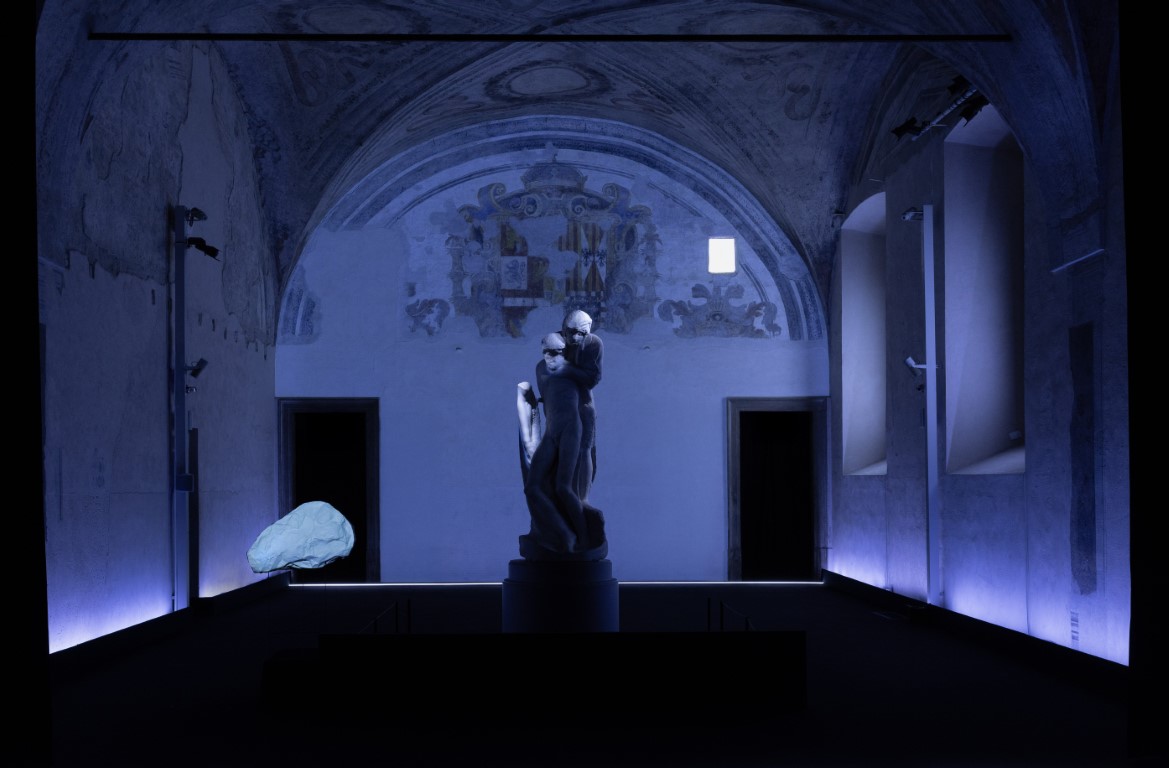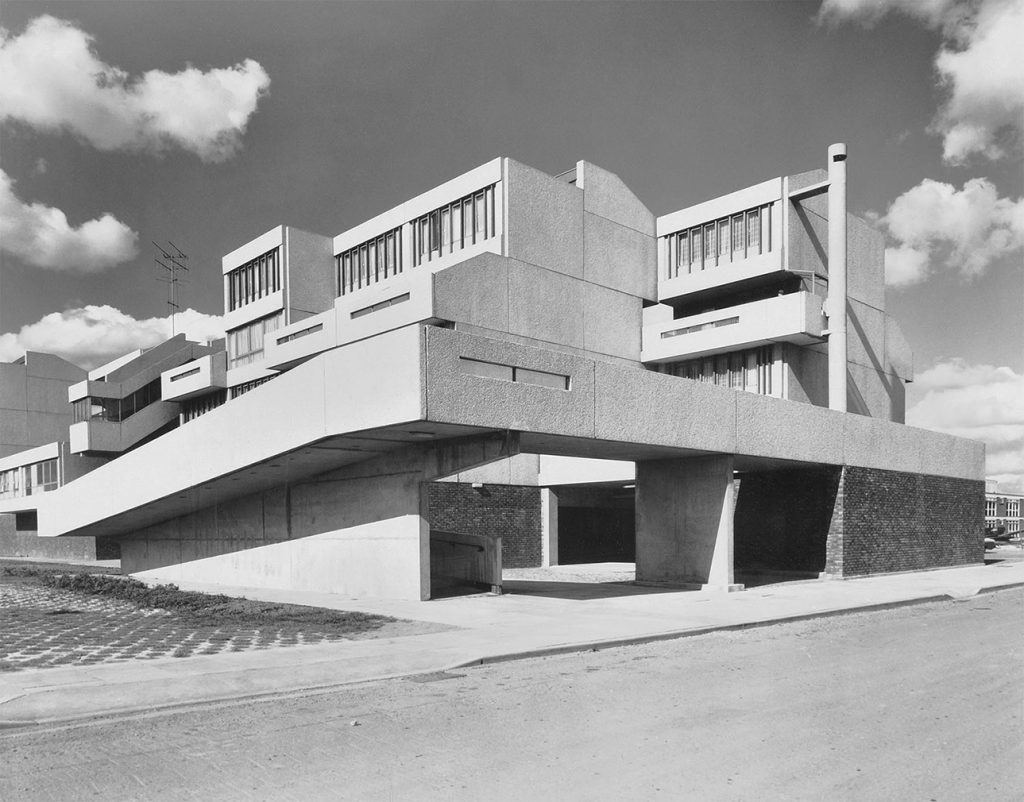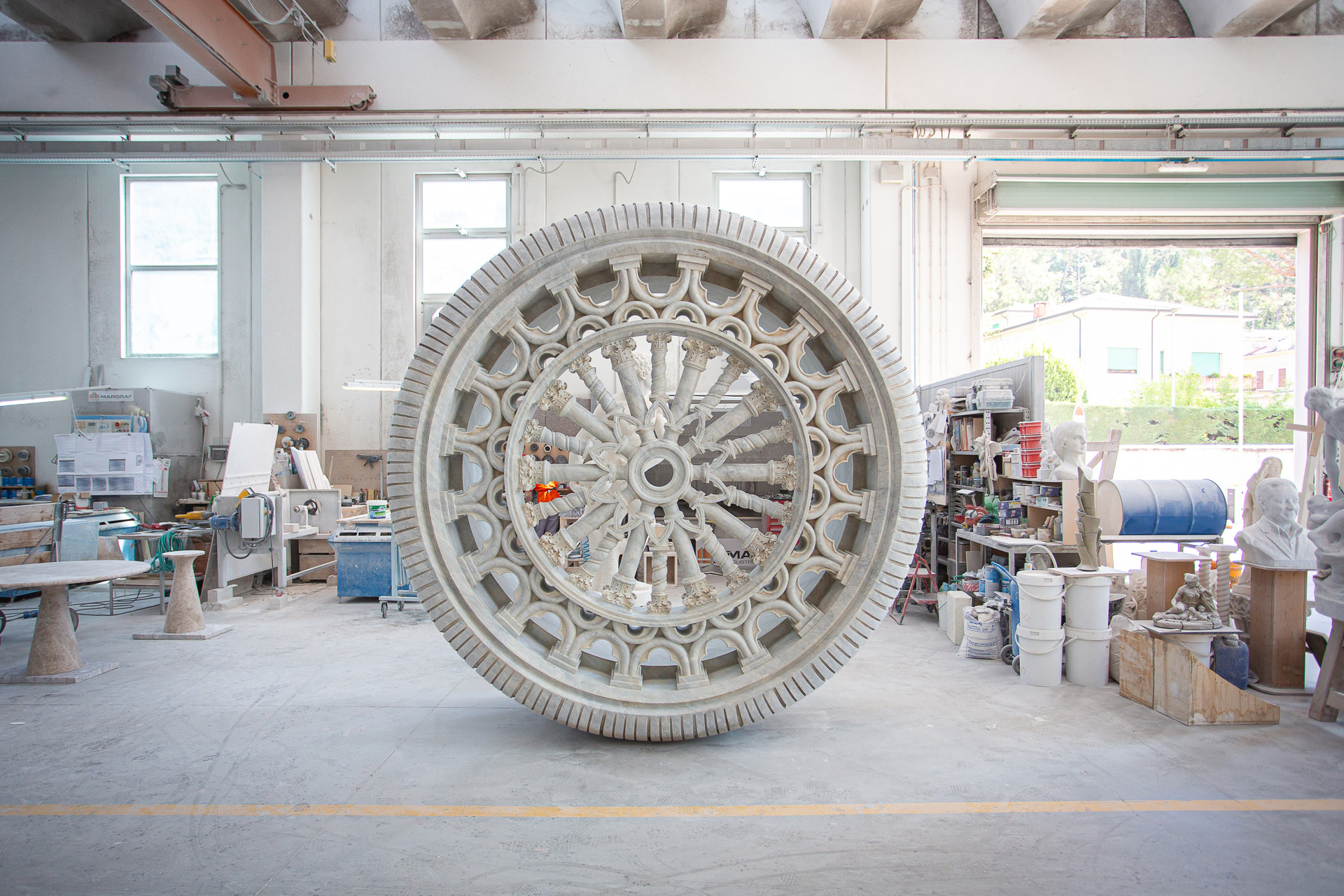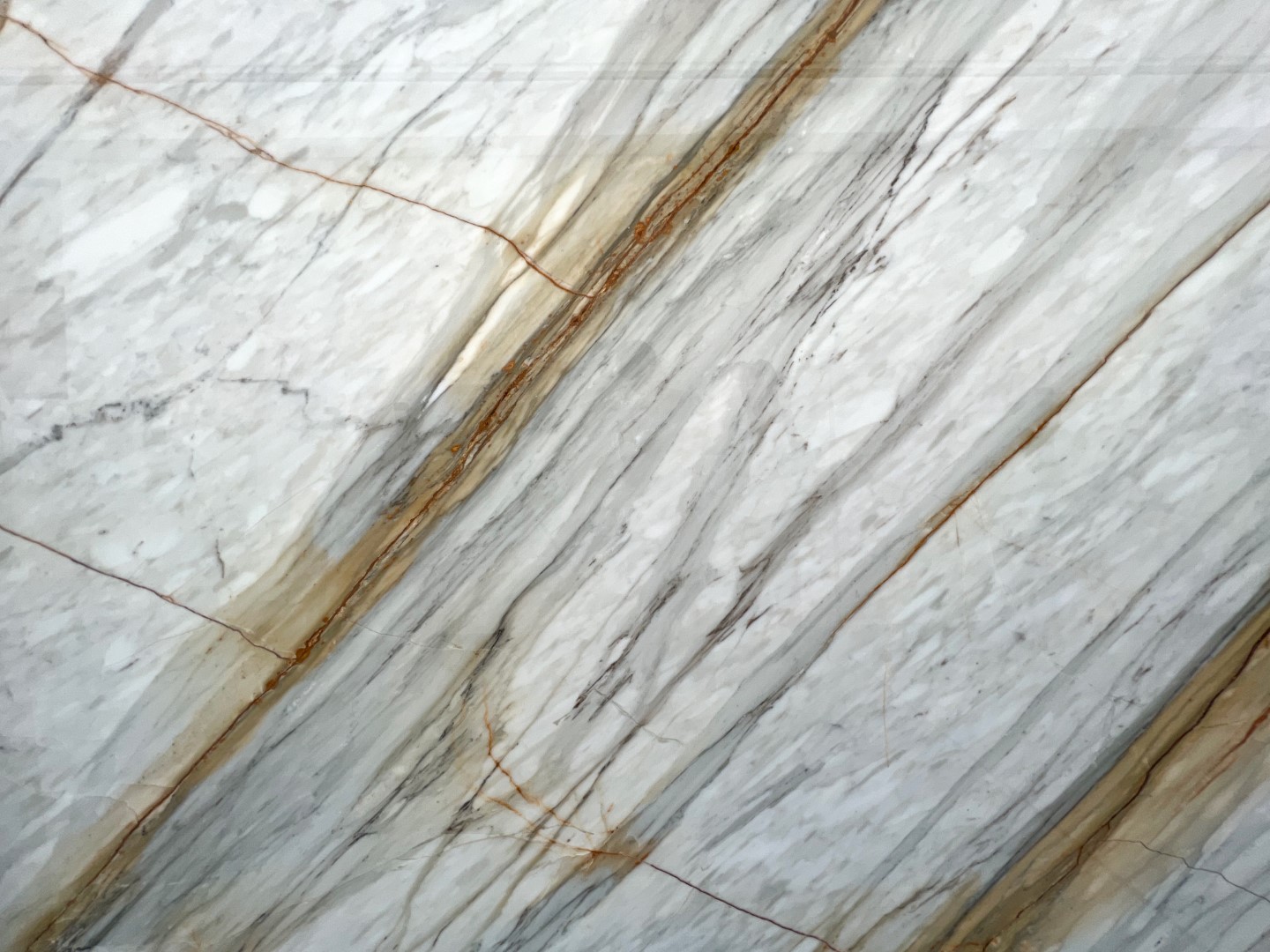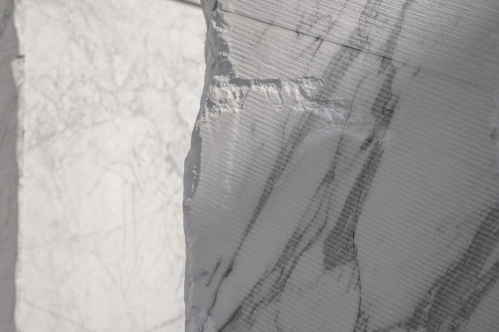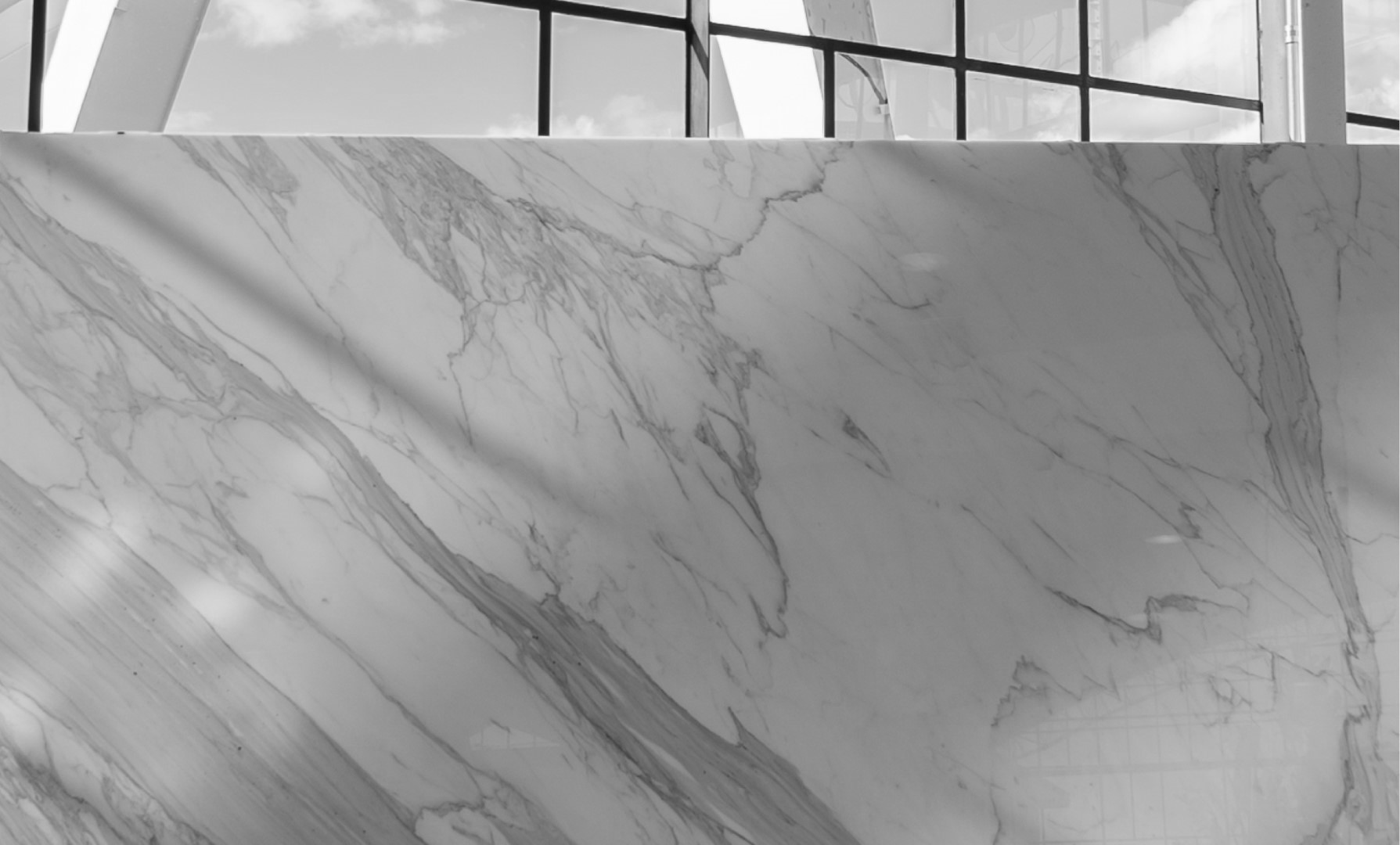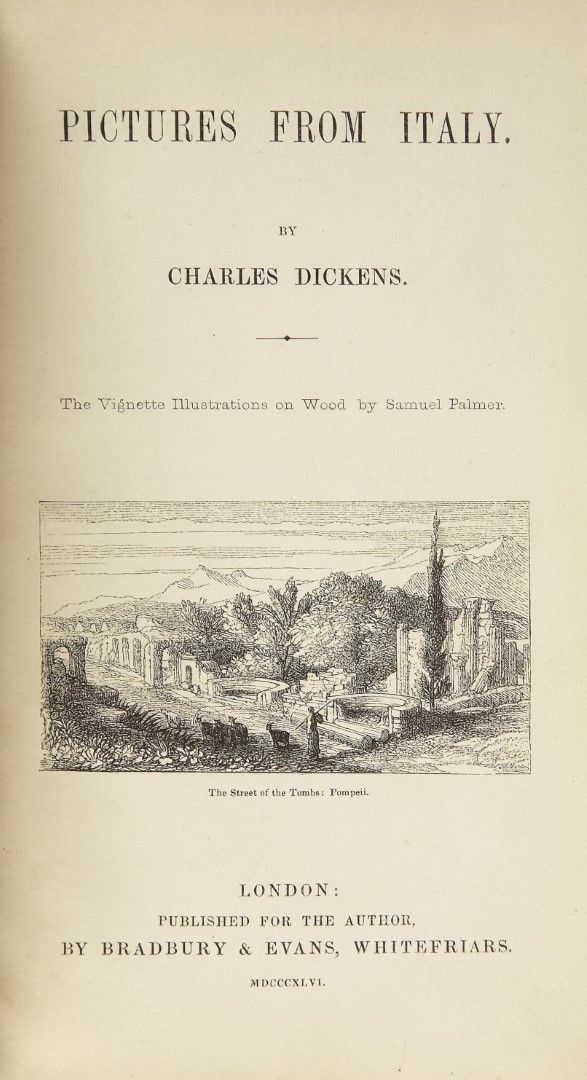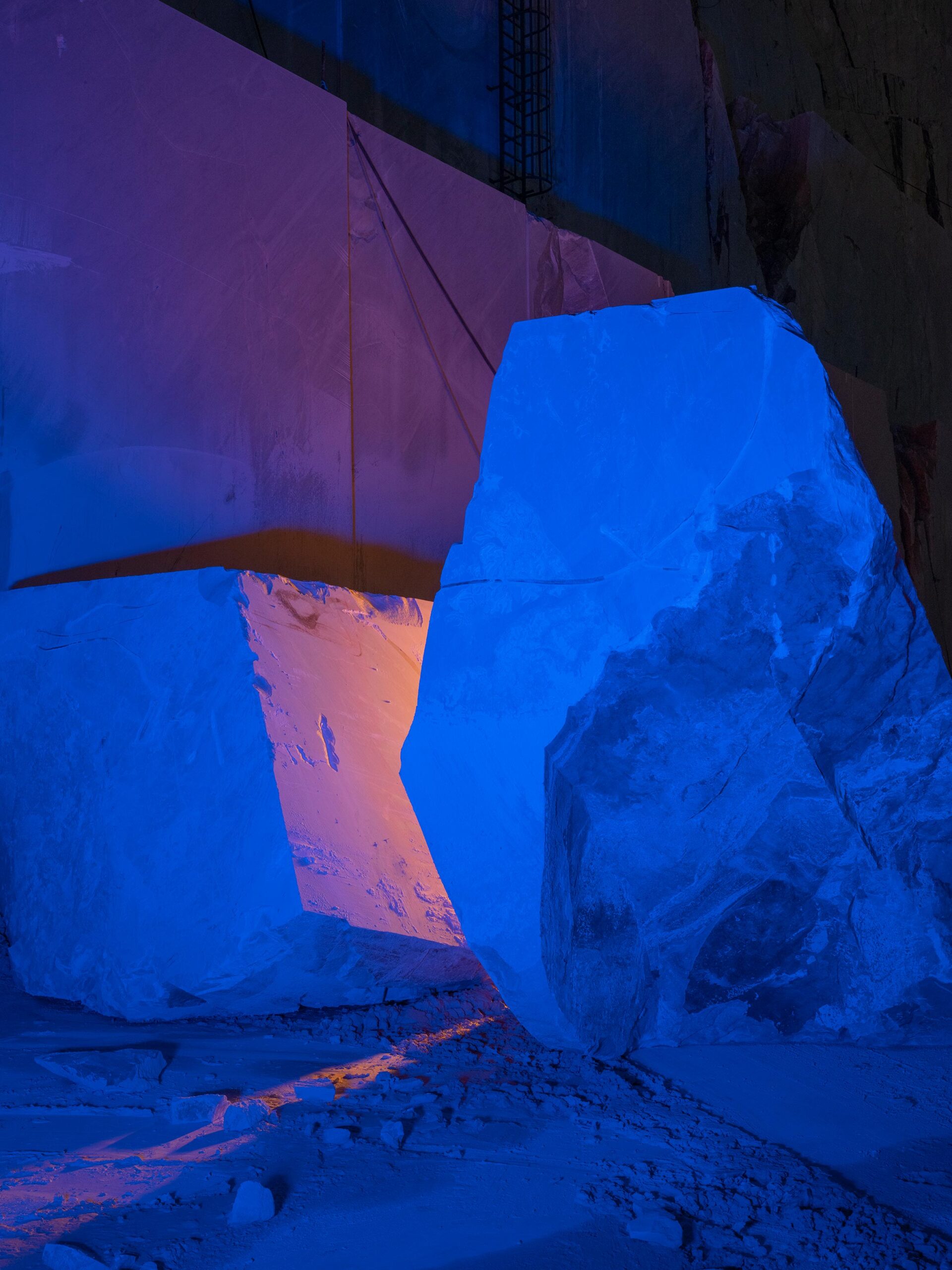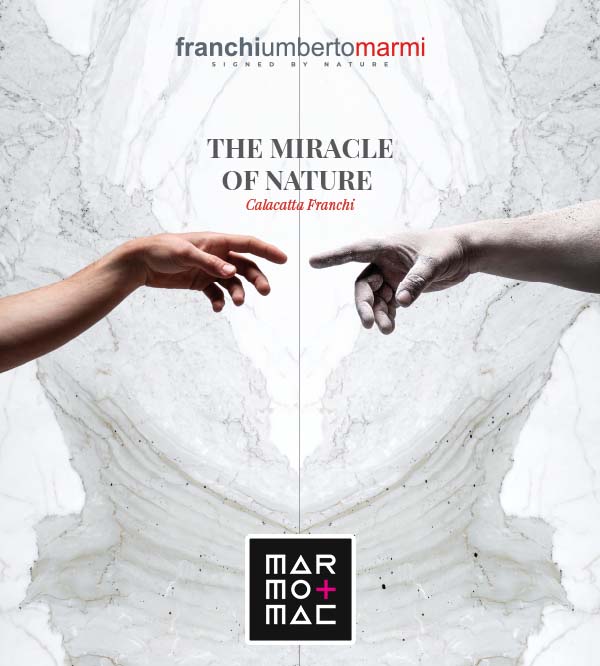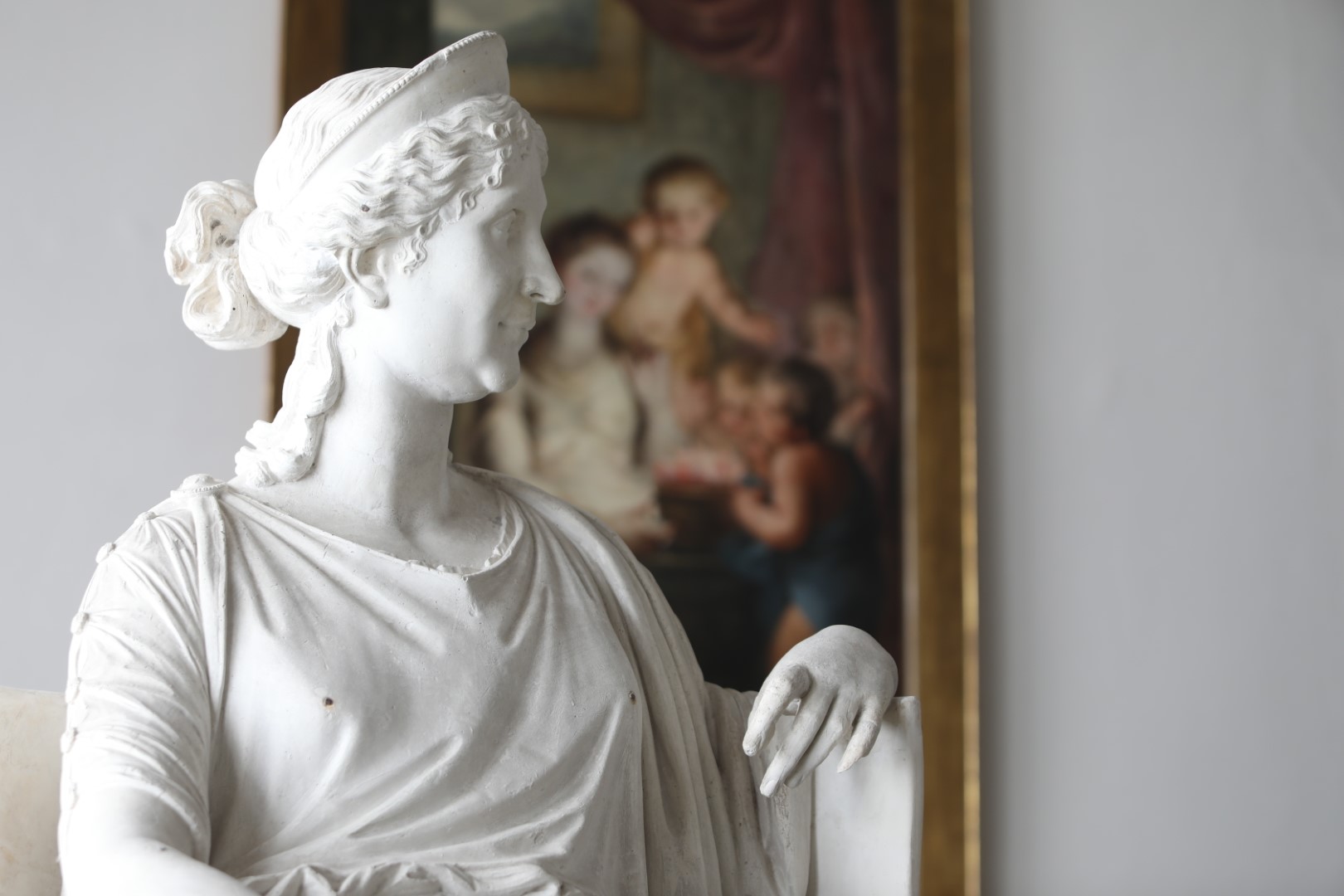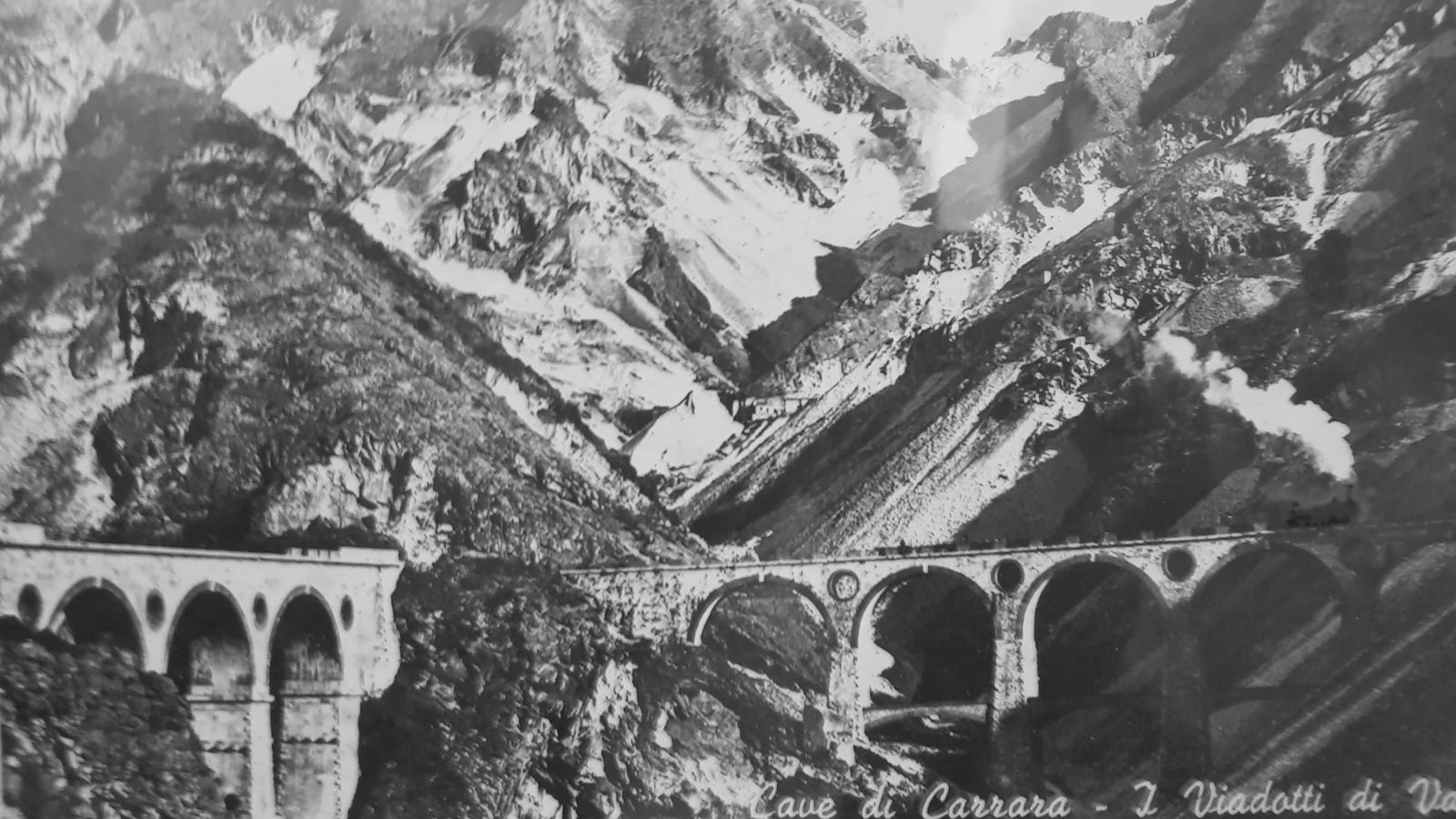Carrara marble is famous all over the world for its unique features and it is associated with the most important architecture and art works. But how did it become so famous? It has always had special ambassadors all around the world: they are artists and architects who for centuries have been studying, choosing and shaping it for their best works for ages. Discovering Carrara marble is like travelling among the man-made wonders of the last thousand years.
Why is Carrara marble so famous worldwide?
Lunense marble. The spread of Carrara marble dates back to the Roman ages with the first mining activity organised through the colony of Luni, from which the name Lunense marble comes from, often associated with Roman works.
In Rome, it was used for the most important public and private architectural and artistic works, among which the most majestic and known is the Traiana column which is now visited by millions of people every year representing an engineering masterpiece. Seventeen Carrara marble blocks were transported, by sea and through the Tiber river to Rome to be superimposed. It was a colossal operation considering the weight of the blocks, ranging from 20 to 30 tons, that were then put one on top of each other. The column was inaugurated on the 12th May 113 AD.
“Rome is so studded with Carrara marble works that it can be considered an open-air museum of this material”
Since then, Carrara white marble is associated with some of the biggest projects in history, with those work intended to last and to become the symbol of great success and extraordinary technical achievements over the years.
History set Carrara marble the destiny to represent the idea of beauty and eternity over time.
The Middle Ages factories. In the Middle Ages, marble was the protagonist of the big factories for churches have become humankind masterpieces. The Italian sculptor and architect Nicola Pisano chose Carrara marble for some of his most famous works, including the pulpit of the Pisa Baptistery and the Fontana Maggiore in Perugia. But marble reached almost everywhere in that period and a lot of craftsmen moved to the various cities to follow the works and provide for skilled workers.
The Reinassance. If the Roman ages were the beginning of the dissemination and knowledge of Carrara marble, the era that made it so famous worldwide was with no dobut the Reinassance. In this extraordinary timespan, in which Italy was the truly protagonist, marble gave immortal works to humanity. Just think of Pietà by Michelangelo, the Rape of the Sabine women by Giambologna and the monument of “Four Mori” in Livorno.
Carrara marble was not only used in Italy but also it went overseas to reach the rest of Europe and from the most important ports of the continent it sailed towards the rest of the world where it was already well known.

The Neoclassicism. From the Eighteenth century onwards, with the improvement of political conditions and the transport network, it became much easier for artists to experience the city and observe the marble that would be used in their works. It was once again a season of splendour for marble that represented the perfect material to rediscover ancient art. This was the period of Antonio Canova that in his work Eros and Psyche enhances once again the plasticity of Carrara marble.
The USA. Carrara white marble played and important role during the birth of the United States and it was the chosen material for the most important architectural and art works. Think to the ountless marble statues of the Capitol in Washington or the statue of Benjamin Franklin in Philadelphia by Francesco Lazzarini.
Since then, Carrara marble is strongly present in the United States and it is widely used, especially for the major architectural projects.
The history of Carrara marble is millennial and has always been closely connected to the idea of beauty. So, in reply to the initial question of why Carrara marble is so famous, that’s why still today it is the material used for excellence in art and architecture.
Other articles
 BLOG
BLOG
The new Poltrona Frau monobrand store opens in Carrara

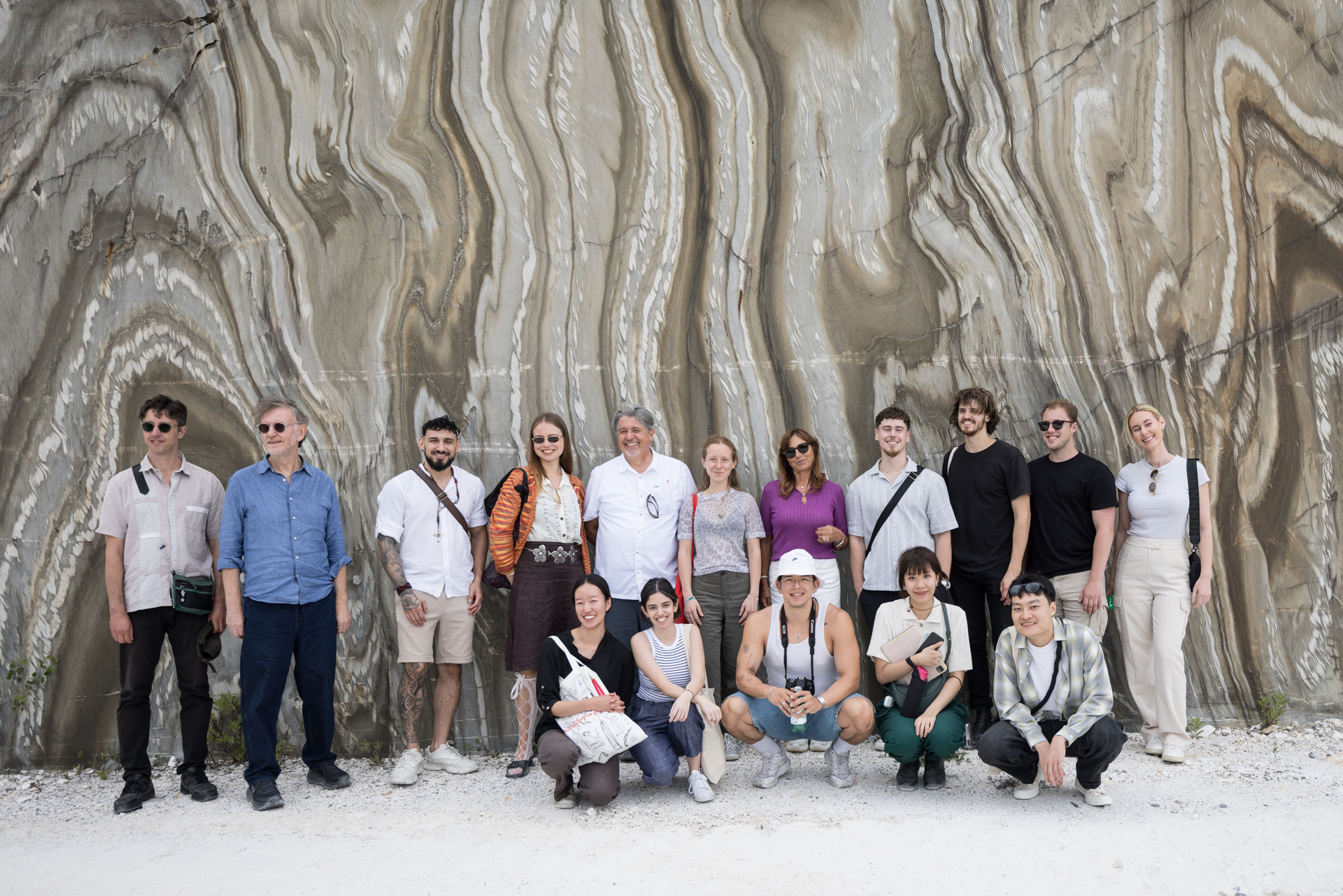 BLOG
BLOG
Higher Education and Knowledge: FUM Academy and YACademy together for two days of close encounter between great Architecture and Carrara marble

 BLOG
BLOG
Franchi Umberto Marmi hosted thirty-six young architects from the UNC

 BLOG
BLOG
FUM Academy: A New Chapter in Marble Education
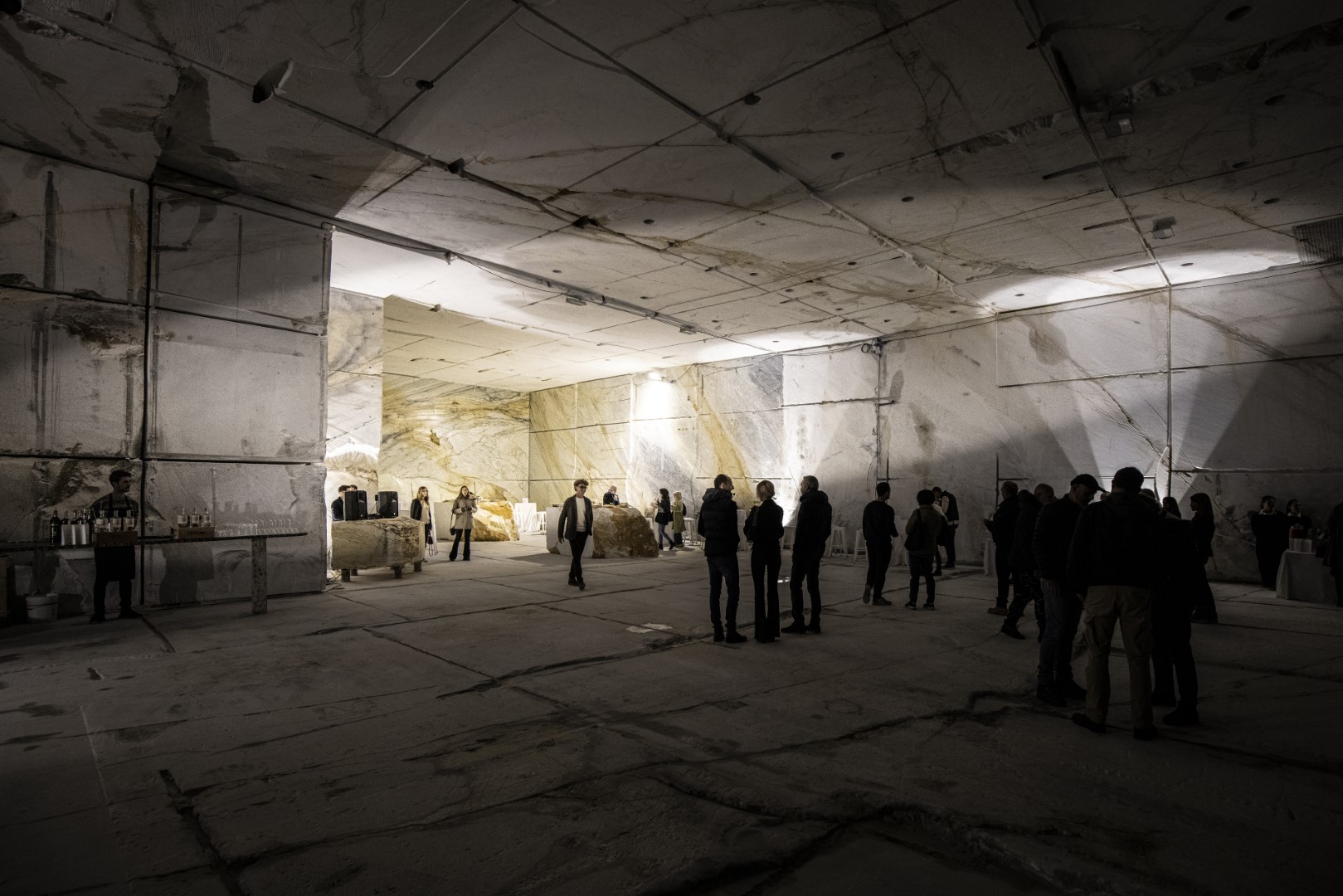 BLOG
BLOG
Supernatural: Architecture and Marble: a Well-functioning Match
 BLOG
BLOG
The Brutalist: Adrien Brody in the Carrara Quarries - In theaters from January 23 2025
 BLOG
BLOG
FUM ACADEMY: PEOPLE AND KNOWLEDGE AT THE CENTER
 BLOG
BLOG
Stories: Carrara Marble for the Freedom Tower
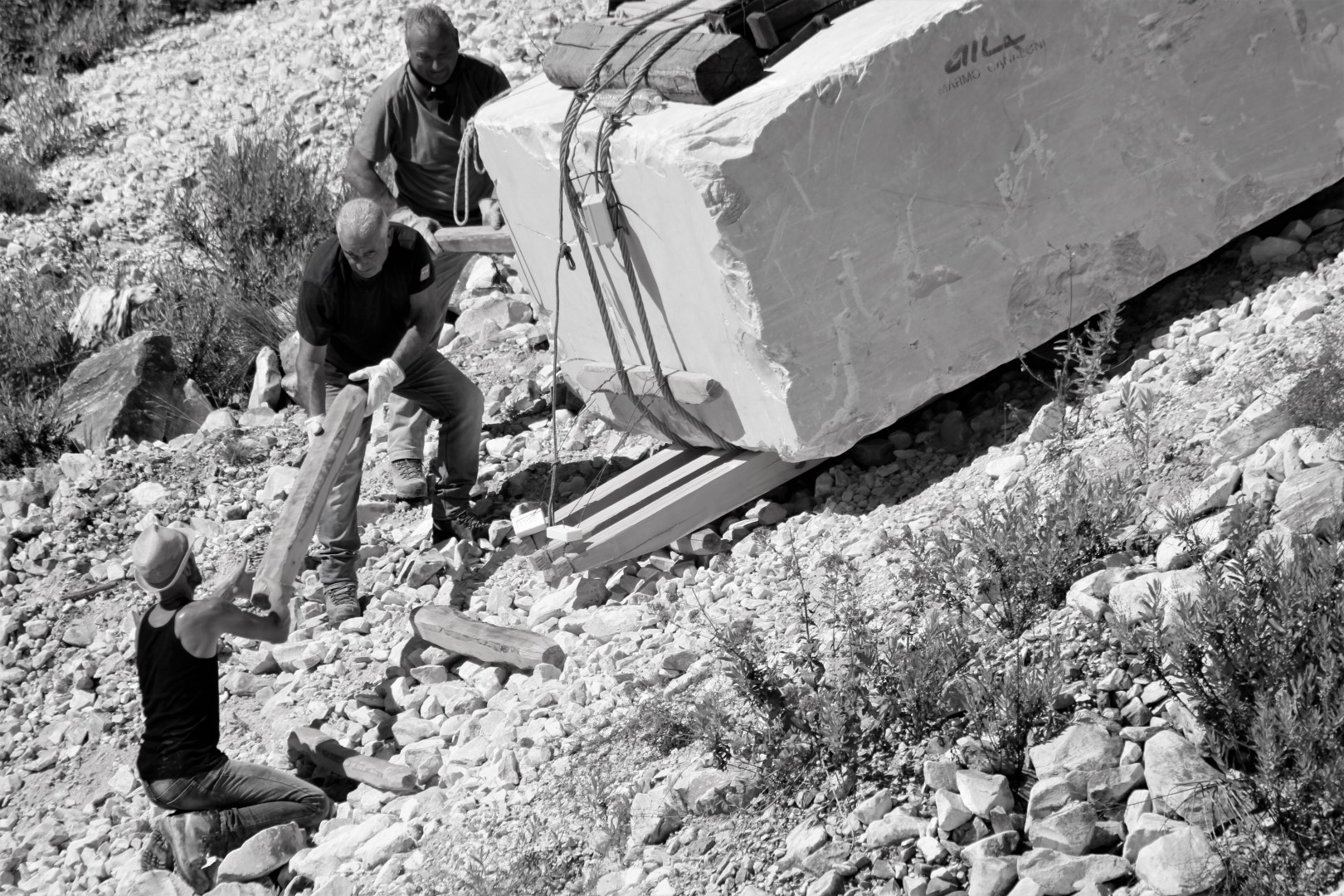 BLOG
BLOG
Lizzatura storica - Ponti di Vara
 BLOG
BLOG
We are nature. The sustainability of the Natural Stone at Fuorisalone 2023
 BLOG
BLOG
Sustainability and technology, the management of water resources
 BLOG
BLOG
From "Essere Marmo", the Carrara marble sustainability manifesto, "Marble narrates"
 BLOG
BLOG
The luxury and sustainability of marble even "on board"
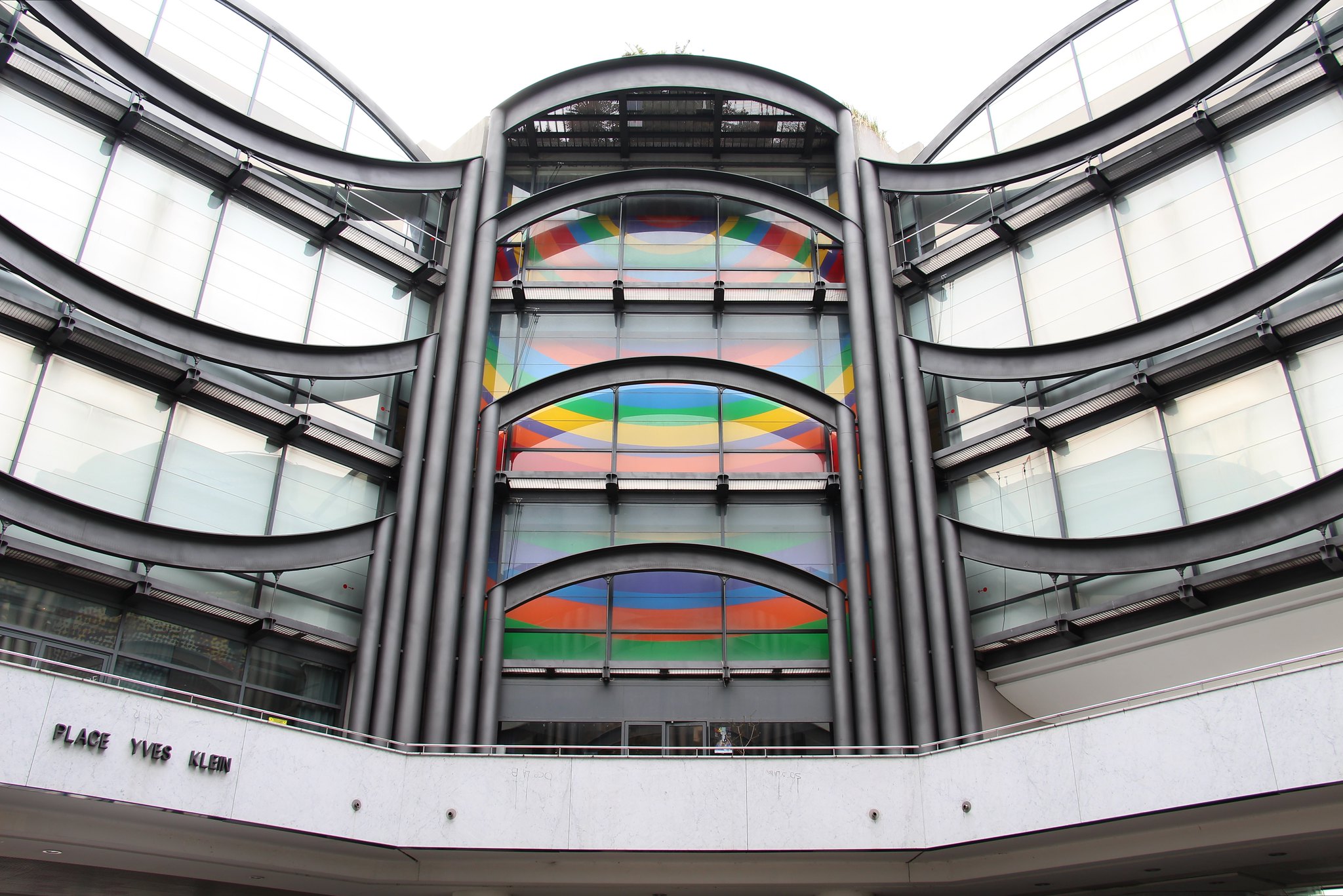 BLOG
BLOG
Marble Architecture: discovering MAMAC – Modern and Contemporary Art Museum of Nice
 BLOG
BLOG
The FUM headquarters expands: the new hall C1
 BLOG
BLOG
Openbox Architects designs with marble and integrates architecture with the landscape: the Marble House in Thailand
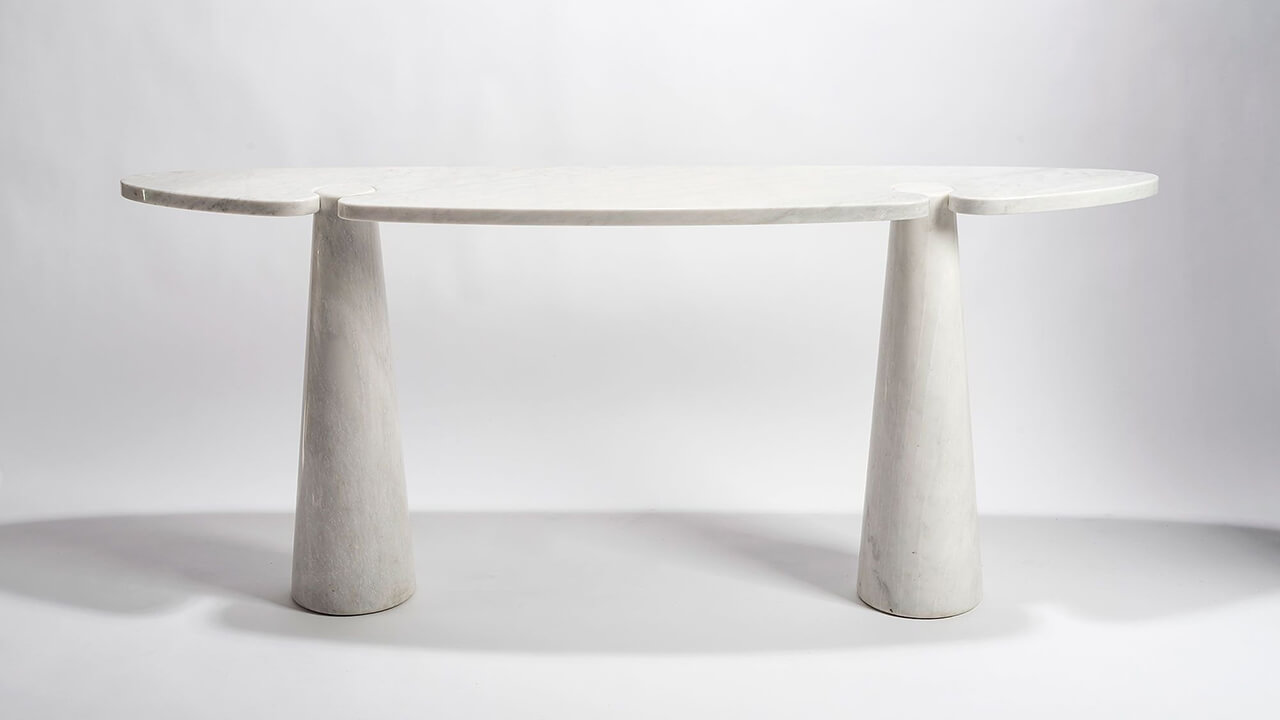 BLOG
BLOG
Eros table by Angelo Mangiarotti
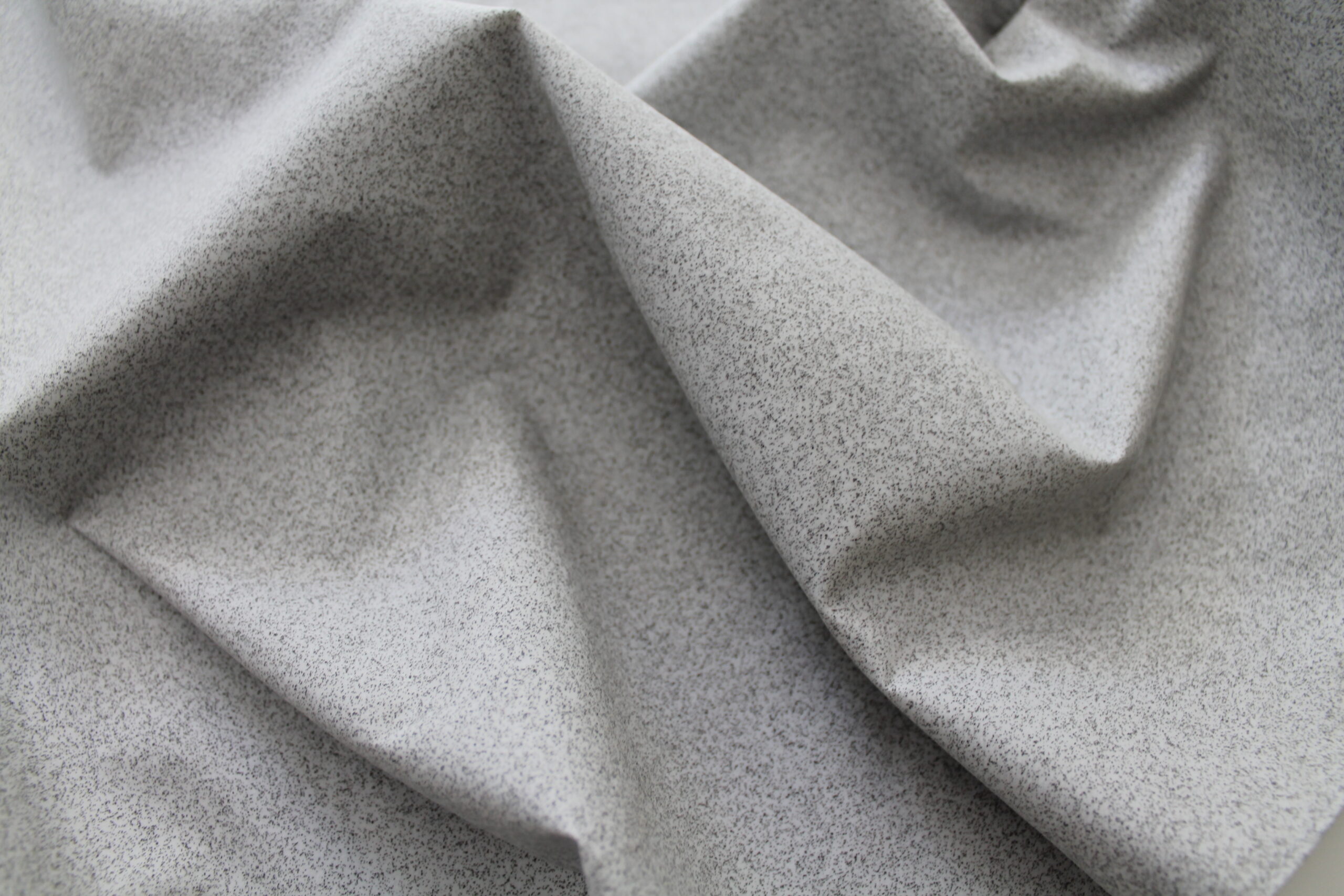 BLOG
BLOG
Fili Pari: marble dust become fabric
 BLOG
BLOG




